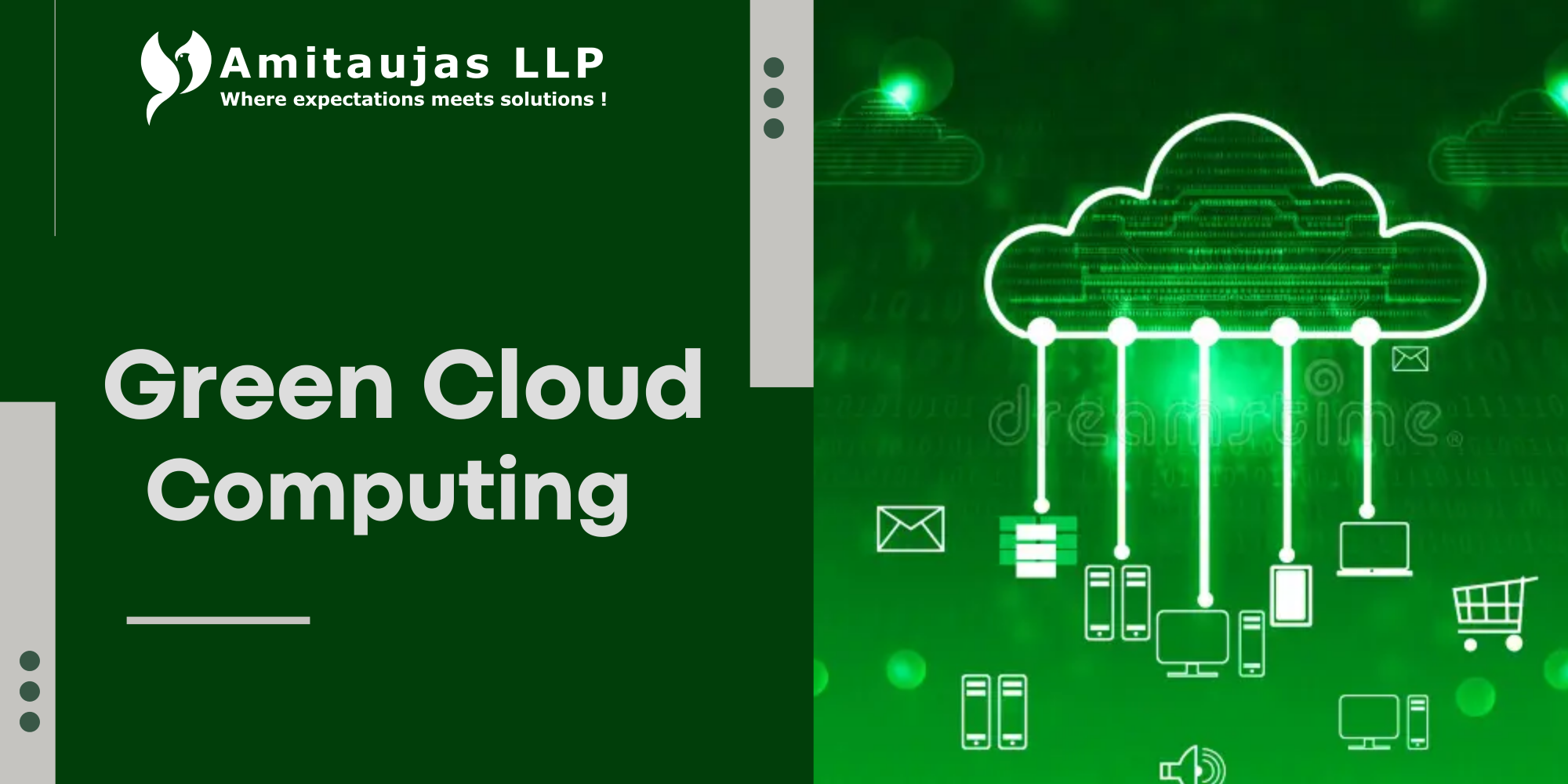
Green Cloud Computing
Green Cloud Computing is the practice of designing, implementing, and using cloud computing services in a way that minimizes the impact on the environment. The goal is to reduce the carbon footprint of cloud services by optimizing energy consumption, reducing waste, and promoting sustainability in data centers and cloud infrastructure.
Key Principles of Green Cloud Computing
1. Energy Efficiency
Optimization of energy consumption in data centers through advanced cooling systems, server management, and virtualization. This helps reduce the amount of energy required to run large cloud infrastructures.
2. Resource Optimization
Make sure that computer resources, such as storage and processing power, are used efficiently. This includes load balancing, resource pooling, and automatic scaling on demand, ensuring idle resources are not wasted.
3. Renewable Energy
Use of clean and renewable energy sources such as solar, wind, or hydropower to power data centers, reducing dependence on fossil fuels.
4. Reducing the Carbon Footprint
Develop strategies to reduce the total carbon emissions produced by cloud services. This may include consolidating data centers, adopting carbon-neutral practices, and using collaborative technologies.
5. Virtualization and Multi-Tenancy
Using virtualization technology allows multiple virtual machines to run on a single physical server, thereby reducing the number of physical machines required. Multi-tenancy allows multiple users to share cloud infrastructure, reducing energy and resource consumption for each user.
6. Sustainable Data Centers
Data center design with sustainability in mind, including energy-efficient building materials, smart lighting, advanced cooling systems, and environmentally friendly designs.
7. E-Waste Management
Implement recycling programs for old or broken devices to reduce e-waste. Extending the life of equipment by refurbishing or reusing it helps minimize environmental impact.
